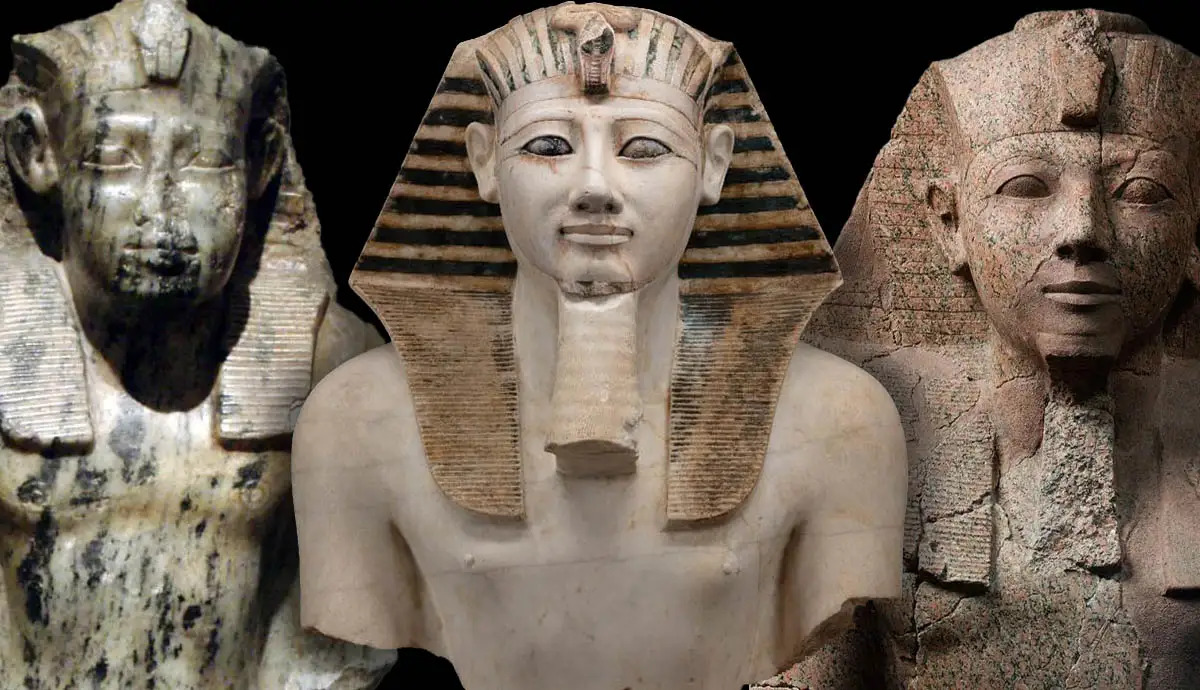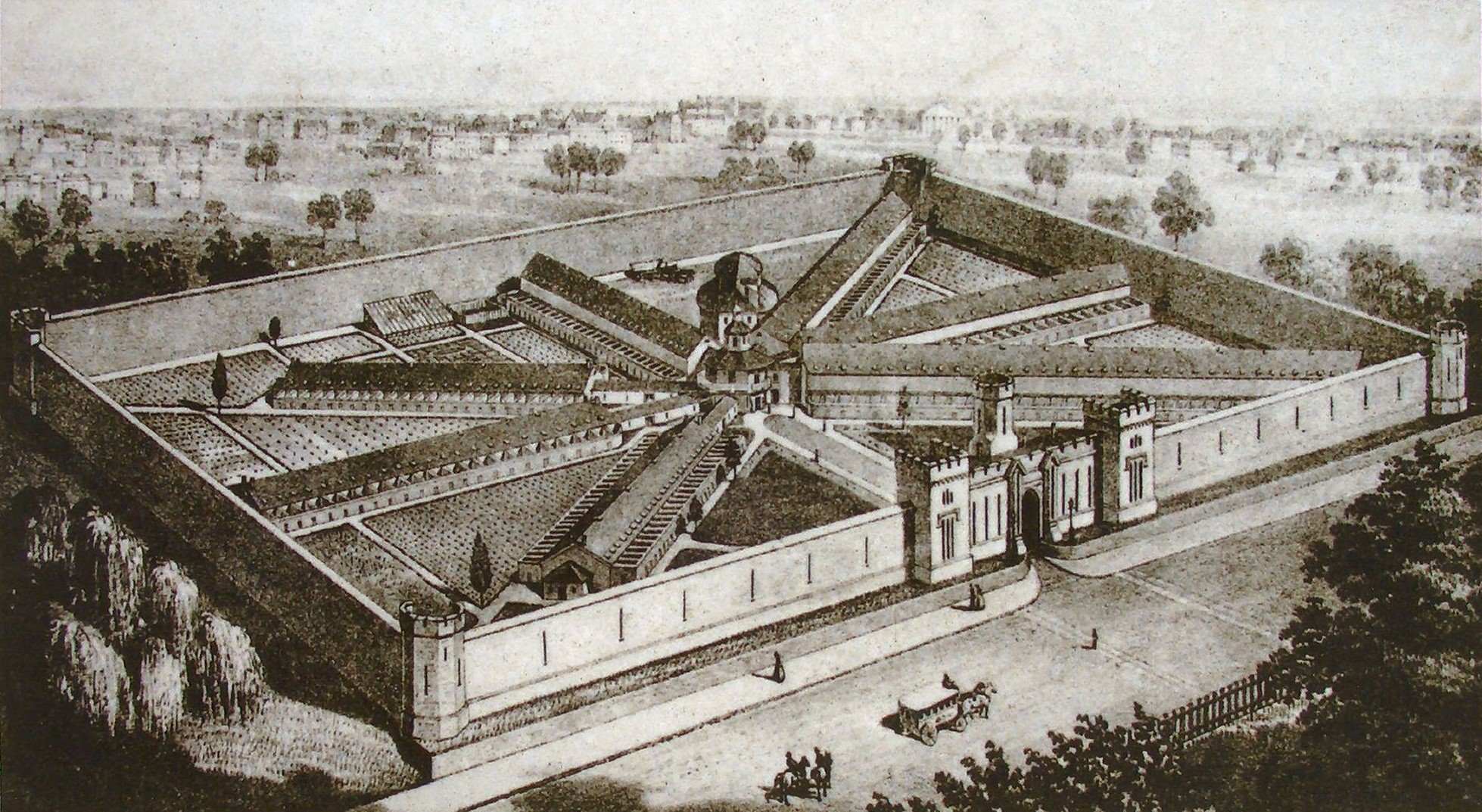
The Pharaoh of the Ancient Egyptian Kingdom was an incredibly powerful and revered figure in ancient Egyptian civilization. Standing as a symbol of authority and divinity, the Pharaoh ruled over a vast empire, leaving behind a legacy that continues to captivate our imagination. One of the most remarkable representations of the Pharaoh is through the statue, a magnificent marvel that showcases the grandeur and sophistication of ancient Egyptian art and craftsmanship. In this article, we will delve into 13 extraordinary facts about the Pharaoh of the Ancient Egyptian Kingdom statue, uncovering the secrets, symbolism, and awe-inspiring details that make these statues truly remarkable. From the intricate carvings to the mythical stories etched into the stone, these statues offer a window into the ancient world and the divine rulers who once reigned supreme. Get ready to embark on a journey through time and discover the wonders behind the Pharaoh of the Ancient Egyptian Kingdom statue.
Key Takeaways:
- The Pharaoh statue symbolized power, divinity, and eternal presence, serving as a link between mortals and the divine in Ancient Egyptian culture.
- Pharaoh statues were revered as symbols of stability, continuity, and the divine right to rule, captivating people worldwide with their enigmatic presence.
The Pharaoh of the Ancient Egyptian Kingdom statue stands as a symbol of power and divinity.
The statue of the Pharaoh is a testament to the grandeur and majesty of the Ancient Egyptian civilization. It embodies the ruler’s authority and god-like status, serving as a focal point of worship and reverence.
The statue was intricately carved from a single block of stone.
The immense skill and craftsmanship of ancient Egyptian artisans is evident in the meticulous carving of the Pharaoh statue. They would spend years honing their craft, carefully chiseling away at the stone to create the lifelike representation of the ruler.
It was believed that the Pharaoh statue housed the spirit of the deceased ruler.
The Ancient Egyptians held strong beliefs in the afterlife, and the Pharaoh statue was seen as a vessel for the Pharaoh’s soul. It was believed to provide a link between the mortal realm and the divine, ensuring the ruler’s eternal presence and protection.
The Pharaoh statue was often accompanied by smaller figurines of gods and goddesses.
Surrounding the Pharaoh statue would be smaller statues representing various deities from the Egyptian pantheon. This highlighted the ruler’s close association with the gods and demonstrated their divine right to rule.
The Pharaoh statue was typically adorned with elaborate headdresses and regalia.
The statue would be clothed in ornate garments and wear a distinctive crown or headdress, symbolizing the Pharaoh’s status and authority. These headdresses often incorporated symbolic elements, such as the cobra representing protection or the vulture representing royalty.
Ancient Egyptians believed that offering food and incense to the Pharaoh statue would appease the gods.
As a form of worship and reverence, the Ancient Egyptians would present offerings of food and incense to the Pharaoh statue. This ritual was believed to ensure the favor of the gods and bring blessings upon the kingdom.
The Pharaoh statue was often placed in temple complexes dedicated to the ruler’s cult.
Temples dedicated to the Pharaoh’s cult were built to house the statue and serve as a center for worship. These temple complexes were grand architectural feats, showcasing the wealth and power of the Ancient Egyptian kingdom.
Some Pharaoh statues were made of precious materials like gold and bronze.
While many Pharaoh statues were carved from stone, some rulers commissioned statues made of precious metals like gold or bronze. These statues exemplified the opulence and extravagance associated with Pharaohs.
The Pharaoh statue served as a symbol of continuity and stability in the kingdom.
The presence of the Pharaoh statue reassured the people that their ruler was immortal and that the kingdom would endure. It provided a sense of stability and unity, especially during turbulent times.
Many Pharaoh statues were defaced or destroyed by subsequent rulers.
Throughout history, rival rulers would often deface or destroy the statues of previous Pharaohs as a means of erasing their legacy and asserting their own power. This has resulted in the loss of many Pharaoh statues, making the existing ones even more precious.
The Pharaoh statue represented the divine right to rule.
In Ancient Egypt, the Pharaoh was believed to be an earthly embodiment of the gods. The statue reinforced this concept, serving as a visual reminder of the Pharaoh’s divine authority and legitimacy.
Pharaoh statues were carefully positioned to face the east, symbolizing the rising sun and the renewal of life.
The orientation of the Pharaoh statue was significant, as it was placed to face the east, where the sun rises. This symbolized the cycle of life, death, and rebirth, reflecting the Pharaoh’s role as a powerful force in the cosmic order.
The Pharaoh statue continues to captivate and intrigue people from around the world.
Even today, the Pharaoh statue stands as a testament to the greatness of the Ancient Egyptian civilization. Its enigmatic presence and rich symbolism continue to captivate historians, archaeologists, and enthusiasts alike, offering a glimpse into the extraordinary world of the Pharaohs.
Conclusion
The Pharaoh of the Ancient Egyptian Kingdom statue is truly a remarkable piece of history that provides us with a glimpse into the time of ancient Egypt. With its extraordinary size, intricate detailing, and symbolic significance, it stands as a testament to the power and grandeur of the pharaohs who ruled during this period. Whether viewed in person or through photographs and replicas, this statue never fails to captivate and inspire awe. Its presence serves as a reminder of the rich cultural heritage and artistic achievements of ancient Egypt. The Pharaoh of the Ancient Egyptian Kingdom statue is a timeless symbol of the greatness and legacy of the pharaohs and continues to mesmerize people from all over the world.
FAQs
1. What is the significance of the Pharaoh statue in ancient Egyptian culture?
The Pharaoh statue held great importance in ancient Egyptian culture as it symbolized the divine status and power of the pharaoh. It represented the ruler’s connection with the gods and played a vital role in religious rituals and ceremonies.
2. How was the Pharaoh statue created?
The Pharaoh statue was typically made from stone, such as limestone or granite. Skilled craftsmen and sculptors meticulously carved these statues by hand, ensuring every detail was accurately depicted. Some statues were also embellished with precious metals and gemstones.
3. What was the purpose of the Pharaoh statue?
The Pharaoh statue served multiple purposes in ancient Egyptian society. It was believed to house the ka, or life force, of the pharaoh after death, ensuring their immortality. These statues were also used as symbols of power and authority, asserting the pharaoh’s control over their kingdom.
4. Are there any Pharaoh statues still intact today?
Yes, several Pharaoh statues have survived the test of time and are on display in museums around the world. One of the most famous examples is the Great Sphinx of Giza, which is believed to represent the pharaoh Khafre.
5. What can we learn from studying Pharaoh statues?
Studying Pharaoh statues provides invaluable insights into the religious, political, and artistic aspects of ancient Egyptian civilization. It helps us understand their beliefs, social structure, and the immense reverence they held for their pharaohs.
Was this page helpful?
Our commitment to delivering trustworthy and engaging content is at the heart of what we do. Each fact on our site is contributed by real users like you, bringing a wealth of diverse insights and information. To ensure the highest standards of accuracy and reliability, our dedicated editors meticulously review each submission. This process guarantees that the facts we share are not only fascinating but also credible. Trust in our commitment to quality and authenticity as you explore and learn with us.


